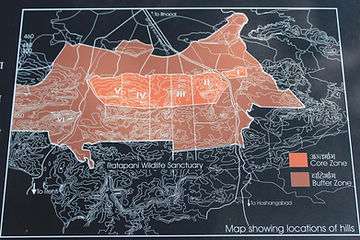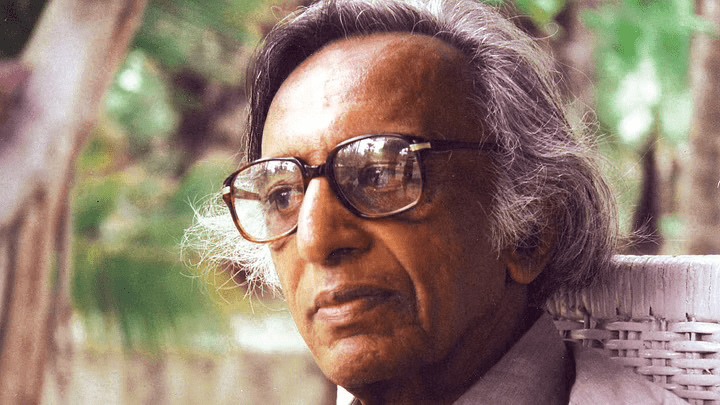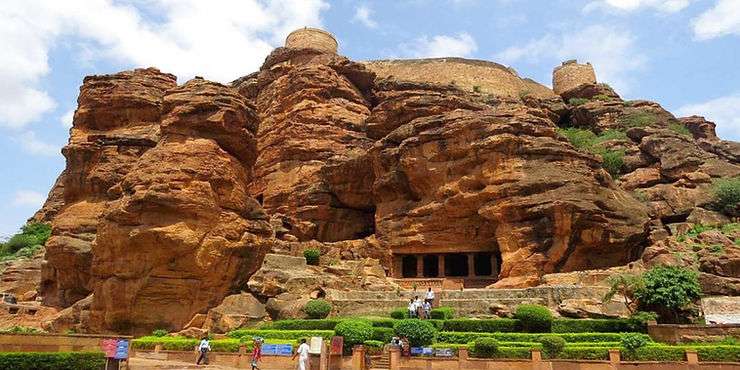
We all remember a particular vacation that we took with our family, the ones where the sun is scorching through the windows, the air thick and heavy, and all you want to do is lay down in your vacation home and spend some quality time with your family there instead.
Maybe a visit to a museum instead? With its air conditioned walls, and periodical benches to rest on. But what if we told you that archaeological visits with your family are really not so bad when it allows you to get a glimpse into the past.
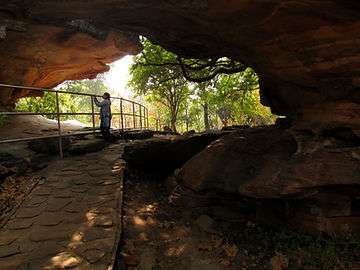
Imagine walking into a cave with prehistoric paintings splattered on the walls giving you a glimpse into the lives of those that roamed the caverns you are now standing in. Cave paintings have remained pertinent windows into the lives of our ancestors, hinting to us at their way of living. From paintings of cattle, live-stock, scenes of war and conflict, they have been a great source of information for many historians, archaeologists, and art historians alike.
The oldest dated cave paintings have been traced back to more than 64,000 years ago, with the oldest examples of cave-art found in Iberia. The oldest figurative art painting was discovered to be as old as 52,000 years old, of an unknown animal found in the cave of Lubang Jeriji Saleh in the Indonesian island of Borneo.
But we don’t have to go very far as tucked in the not-so small region lying southeast of Bhopal are the Rock Shelters of Bhimbetka. The site consisting of seven hills is located in the Vindhya Hills inside the Ratapani Wildlife Sanctuary. Embedded in the sandstone rocks will you find India’s oldest cave paintings that constitute the Top 10 oldest cave paintings dated in the world.
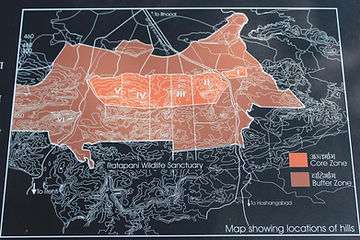
History of Civilisation –
The Bhimbetka rock shelters are a UNESCO world heritage site that consists of seven hills, located in the Raisen District of Madhya Pradesh and about 45 km southeast of Bhopal. The seven hills cover over 75 rock shelters that are distributed over 10 km. With shelters that were inhabited more than 100,000 years ago! These shelters located in India span the prehistoric paleolithic, mesolithic and historic periods.
The rock shelters and caves of Bhimbetka have numerous paintings each depicting pivotal scenes that help identify the period in which they were carved. The overlapping and superimposition of many of the paintings indicate that these rock shelters were used as canvases to paint on by different people pertaining to different times. Starting from the very beginning of the paleolithic age, through the mesolithic right up to early historical periods.
According to the Encyclopædia Britannica, the Bhimbetka Hills gives you a rare glimpse into the human settlement and cultural evolution that is traced right from the hunter-gathers, through the agricultural periods right up until the expressions of spirituality.
The prehistoric cave paintings are featured in the Bhimbetka rock shelters and are claimed to be about 10,000 years old corresponding to the Indian Mesolithic era.
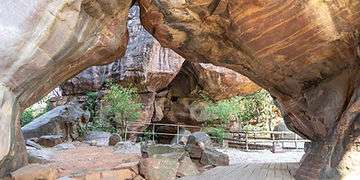
It is interesting to find that recurring themes of animals, paintings of dancing and hunting can be seen carved and painted on these walls. What is particularly interesting about these cave paintings is the recurring themes of animals, and early evidence of dancing and hunting that seem to be common in cave paintings around the world created during prehistoric times.
Who Discovered These Caves?
The first mention of the Bhimbetka rock caves were found in a scholarly paper written by W. Kincaid, a British official in 1888. Kincaid relied on information he gathered from local tribes that lived about the Bhojpur lake that referred to Bhimbetka as a Buddhist site. V. S Wakankar was the first archaeologist to visit a few of the caves present at the sight and discovered its prehistoric significance. He noticed the resemblance of the Bhimbetka caves’ rock formation with those that he had encountered in Spain and France. And in 1957 visited the area with a team of archaeologists and reported on its several prehistoric rock shelters.
The discovery was not given much heed and was considered a minor discovery up until 1970 when the scale and significance of the rock shelters were discovered. The significance of the rock shelter is attributed to its long standing occupation of continuous human settlement in the area.
According to the Archaeological Survey of India, the range and diversity of inhabitants spans from the Stone Age, through the Acheulean period, continuing up to the Mesolithic right up until the 2nd century BCE.
The excavations in the site led to the discovery of many artifacts, wares, pigments in deposits as well as rock paintings suggesting the longevity of settlement. The site consisting of 1, 892 hectares was declared as being protected under the Indian Law and came under the management of the Archaeological Survey of India, and was soon declared a world heritage site by UNESCO in 2003.

Significant Features & Rock Paintings –
What remains one of the most significant features of the site is the Auditorium cave. This cave commonly referred to as “cathedral like” with it’s Gothic arches and soaring spaces” points to the classical beauty that has seemed to remain timeless in our appreciation of its magnificence. As Auditorium Rock, the largest shelter in Bhimbetka, lies surrounded by quartzite towers, visible from a seven kilometer distance.
The Auditorium cave also stands to exhibit more than 500 locations where rock paintings are found.
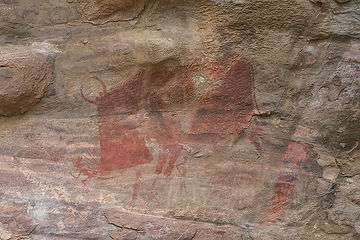
What are the paintings that have been unearthed on the discovery of Bhimbetka?
The paintings that can be found at these rock shelters are depictions of dancers indicating the social life that prevailed during that time. One may assume that these dances were performed keeping in mind a specific need or prayer, while others hint at merry and play that is common to cultures through the ages. There have also been drawings of men being hunted by wild boars, a common animal seen all over cave paintings across continents. The reverence and respect paid to animals both hunted and tamed have found its place on the walls of the cave.
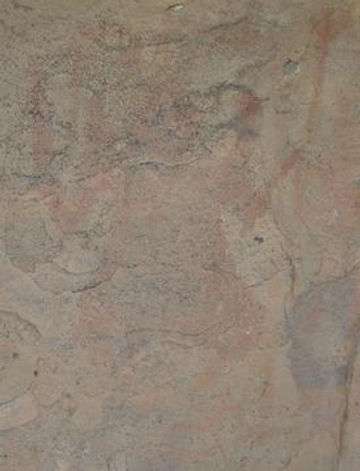
Others have found paintings of Natraj, depicting Lord Shiva and his triple role as Creator, Preserver and Destroyer, found in Hindu mythology holding a Trishula or trident.
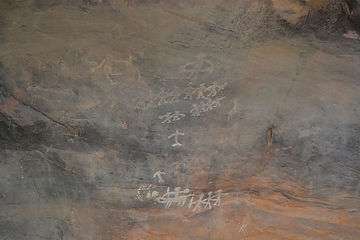
These paintings have been known to use vegetable colours which have endured through time because of the shelter that these caves provided. Being painted into the inner walls of the cave, they have been kept away from the severities of the changing outside environment.
The Different Periods seen at Bhimbetka –
The paintings unearthed at Bhimbetka have been classified into 7 distinct periods. The passing of these periods such as Upper Paleolithic, Mesolithic and Early Historic to the beginning of the Medieval times indicate the maturity of colouring and style.
This can be seen from the linear drawings of the paleolithic times seen in the green and dark red of animals such as bisons, tigers and rhinoceroses. The changing of period and discovery of weapons can be seen in the paintings as newly emerging barbed spears, pointed sticks, bows and arrows are introduced into the cave paintings. The body also emerged as a medium of decoration. Communal dancing emerged as a new form of performance as scenes depicting tribal war between three tribes symbolised by their animal totems.
There have also been identified paintings of birds, musical instruments, mothers and children, pregnant women, and men carrying dead animals along with drinking and burials appear in rhythmic movements. These drawings have also hinted at the contact that these cave dwellers have had with the agricultural communities of the Malwa plains that have exchanged goods with them.
The Bhimbetka caves serves as more than just a mysterious location taking us back to ages we can only imagine maneuvering.
With each age leading to the next, paintings have been drawn on top of one another. Archaeologists and historians alike are able to identify the periods in which they were built thanks to the specificity of decorative style and scenes that were etched onto the caves. The evolution of materials from vegetable paint towards oxides, charcoal and hematite indicate the growth in the medieval art that has been recognised.
The last remaining periods that are identified in the cave paintings of Bhimbetka are traced to early historic periods and the beginning of the Medieval period. We can identify the maturity of artistry seen in the cave paintings through the decorative styles and schematic patterns of the paintings. The usage of colours such as red, white and yellow point towards the discoveries that were unearthed in Bhimbetka. The paintings evolved from simpleton illustrations of animals, and hunters to more complex drawings of religious symbols, tunic like dresses and the existence of scripts of different periods.
The drawings point to a different kind of evolution from that of simple devotion of Gods to the complex beliefs of yakshas or nature spirits, tree gods and more imaginative magical sky chariots.
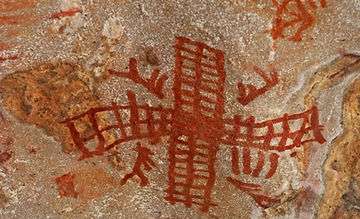
The usage of complex techniques of pigmenting and colouring is known to be the centre of Paleolithic art. By combining black manganese oxides, red hematite and charcoal, cave dwellers were exhibiting the same intricate methods that many present day artists are returning to. With it’s rustic appearance and Paleolithic exteriors, the Bhimbetka caves emerges as a reflection of the arts of the time.
The ‘Zoo Rock’ depicts numerous animals, and these point to the evolved understanding that is so prized in human civilisation. Paintings of elephants, barasingha or swamp deer, bison and deer are identified. Paintings on another rock show a peacock, a snake, a deer and the sun. On another rock, two elephants with tusks are painted. Hunting scenes with hunters carrying bows, arrows, swords, and shields find their way into the community of these pre-historic paintings. The caves represent a myriad number of paintings all pointing at different animals that were present and the importance that they held to the community.
One must notice that the paintings are classified into two groups, with one depicting hunters and food gatherers, while the others as fighters, riding on horses and elephants carrying metal weapons.
The first dating to the prehistoric times of food gathering while the second having a majority of paintings that depict battles between the rulers carrying swords, spears, bows and arrows.
The Bhimbetka Caves present a lexicon of information that has benefited schools of thought of various kinds. It tells us about the communities that have roamed the Earth before us and have helped in discovering techniques that are relevant today. The paintings allow us to move back in time to imagine a life that remains relegated to text books and documentaries. This historic site remains nestled in India for us to explore. With its Gothic arches, sprawling distances, and ingenious techniques of painting that have lasted generations of dwellers, the Bhimbetka caves is a wonder that needs to be visited!
